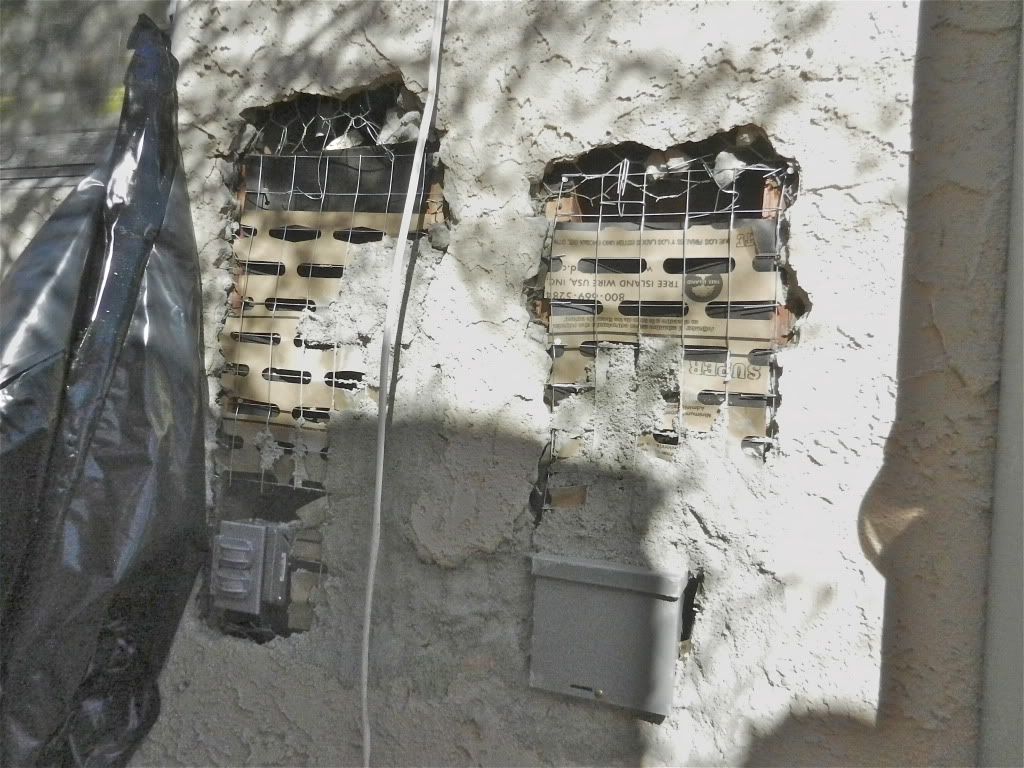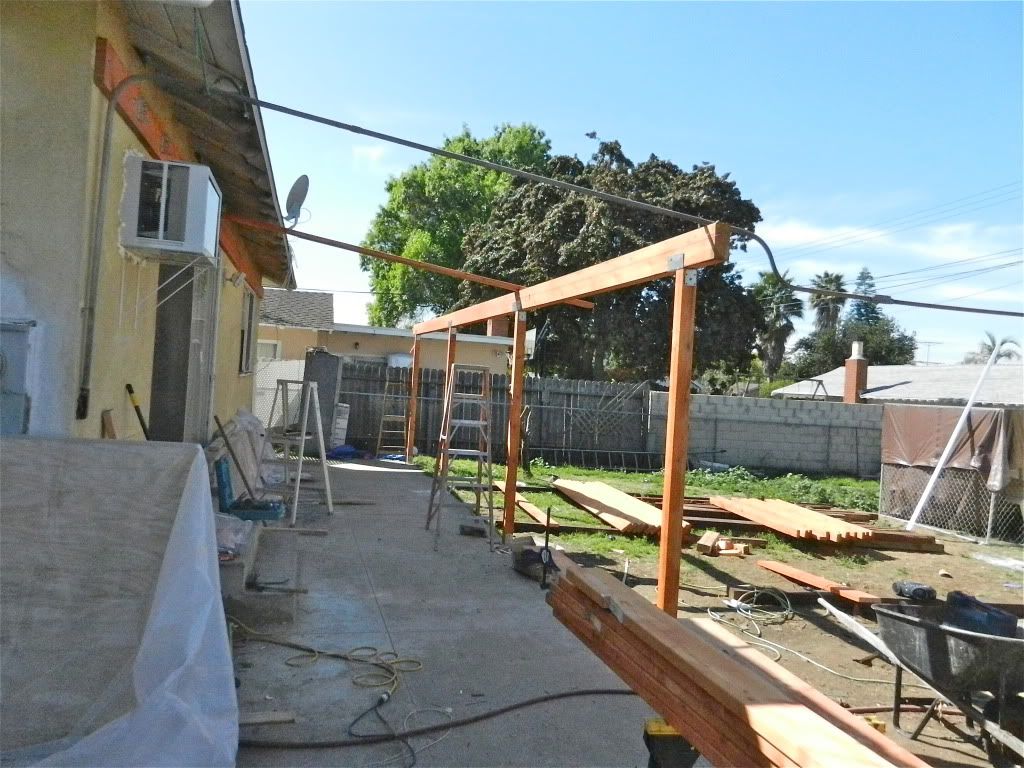Explain to me how paint on drywall is a smooth hard non absorbant surface, then I'll tell you how it isn't.mtlogcabin said:Nope not here
Now how did we manage to segwe onto this topic from a picture of a big deep hole in the ground?
Your premier resource for building code knowledge.
This forum remains free to the public thanks to the generous support of our Sawhorse Members and Corporate Sponsors. Their contributions help keep this community thriving and accessible.
Want enhanced access to expert discussions and exclusive features? Learn more about the benefits here.
Ready to upgrade? Log in and upgrade now.
Explain to me how paint on drywall is a smooth hard non absorbant surface, then I'll tell you how it isn't.mtlogcabin said:Nope not here
It must be the thread title. That's a wide open door to talk about anything.rktect 1 said:Explain to me how paint on drywall is a smooth hard non absorbant surface, then I'll tell you how it isn't.Now how did we manage to segwe onto this topic from a picture of a big deep hole in the ground?
I think you have confused hard with solid. Diamonds are solid and so is pudding but only one of them is hard. In your opinion drywall is hard but to me it is only solid. CMU is hard. If I punched a CMU wall, it wouldn't budge but if I punched drywall, I'd put a hole in it. You have to ask why they would even make such a statement about the hardness. What wall surfaces, used in construction typically for bathrooms, do you know of that would NOT comply with being hard? The answer is none. ICC knows we usually use drywall, if not something MORE solid and hard like CMU in bathrooms. If that is the case, and we typically use drywall in most bathrooms throughout, ICC surely meant that drywall is not a hard surface, only solid. They even went so far as to state it only has to be this way at a certain location within the bathroom, not the entire bathroom. Painting drywall with epoxy does not make it hard although it may make it non abosrbant and smooth.GCtony said:yes Ice, didn't want to start another thread. I figured it's just another average day."Explain to me how paint on drywall is a smooth hard non absorbant surface, then I'll tell you how it isn't."
I'll have a go at it:
Commercial Kitchen, 5/8" MR GWB on the walls, with epoxy paint. Smooth? Very. Hard, In my opinion yes but difficult to define hard. Non Absorbant? For sure. Easier to clean than textured FRP or tile (grout) Was submitted and aproved by BO and Health Dept. Now flat latex paint over regular GWB, a differnt story. The floor was poured epoxy with a 6" cove up the wall over cement board.
Not sure but it seems to be getting deeper.rktect 1 said:Explain to me how paint on drywall is a smooth hard non absorbant surface, then I'll tell you how it isn't.Now how did we manage to segwe onto this topic from a picture of a big deep hole in the ground?
Substrate and finish are two separate things. When talking about finishes, Gypsum board usually is a substrate not a finish.rktect 1 said:Does it meet exception #2. I have also been to bathrooms in various villages that do allow paint. But just because one city or another city does allow paint does not make something code compliant. I have heard the excuse for many things that are required by code go something like this. "But they don't make me do that in these other cities."
Panels are now typically metal, solid plastic, plastic laminate or traditionally cut stone panels.rktect 1 said:I can understand where you are coming from on the finish vs/ substrate but, when you remove the substrate portion of the wall or partition and focus on smooth, hard and non-absorbant, there is no way ANY paint is hard. And making it a thin layer of epoxy just made it brittle at best. Have you ever been inside a multiple stall bathroom?
Usually made of metal panels, right?
What finish is on the metal stall panels?
Paint not epoxy. Yet it is still a smooth hard non absorbant surface, right?
Point being that it met the code criteria through an assembly method, not one single material.
No. Those items met the Owner's requirements which often exceed code minimums. Sheet vinyl is hygienic enough to be used for hospital floors.rktect 1 said:I can understand where you are coming from on the finish vs/ substrate but, when you remove the substrate portion of the wall or partition and focus on smooth, hard and non-absorbant, there is no way ANY paint is hard. And making it a thin layer of epoxy just made it brittle at best. Have you ever been inside a multiple stall bathroom? Usually made of metal panels, right? What finish is on the metal stall panels? Paint not epoxy. Yet it is still a smooth hard non absorbant surface, right? Point being that it met the code criteria through an assembly method, not one single material.
NopeAnd you're going to prohibit both in a single hole office bathroom?
I don't see many owner's requirements that cross my desk that meet the code minimums...at least the first time around. That being said, (working in the 2006 editions), we enforce the code as mtlogcabin posted it. If that restroom is for public use (which we in part define as shared and per IPC requirements), then yes, something other than painted drywall needs to be used there. There are many other wall assemblies that will meet this requirement and that are not cost prohibitive to the project.brudgers said:No. Those items met the Owner's requirements which often exceed code minimums.


If there is sufficient space, splices are OK.codeworks said:inspecting a panel the other day in a new retail space in a strip mall. guts in panel boarrd are upside down. what they got was a bottom feed mlo, so the just flopped it " to save wire" i won't give em power because there are breakers that are supposed to be "in the vertical position, up being on, down being off". contractors first question " when can i get power" my answer " how soon can you fix this" "what ?" "where's you're electrician ? " electricican actually asked the same question. simple, pull it out, flip the guts, pull conductors back to j-box, make proper splices, pull it back in, install bonding bushings this time, call me for reinspect. how do they get licensed, that's what i want to know. oh yeah, "can i splice in the panel board ?" 3-2/0 and a ground, no, panel board is not rated as junction box. and i'm the bad guy

